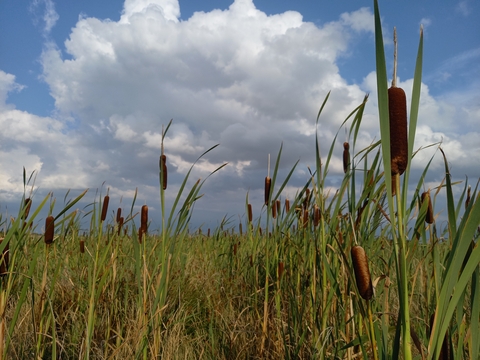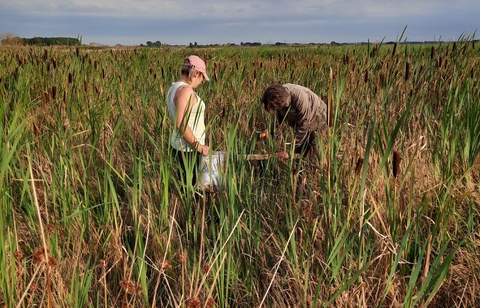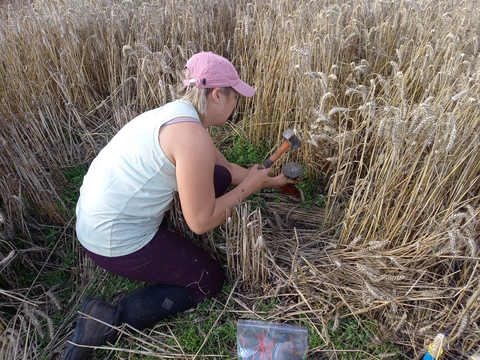Can biochar improve paludiculture profits?
Wet farming or paludiculture is a sustainable farming system that involves the cultivation of crops under wetland conditions. Through wetter management practices these farming systems offer promising opportunities to reduce CO2 emissions from lowland peat areas that are drained for agriculture. The wetter peat management supresses peat oxidation and therefore reduces CO2 emissions to the atmosphere.
Without wetter management and continued drainage these areas which occupy an approximate 250,000ha across the UK could continue to experience up to 2cm of peat loss per year.
Whilst paludiculture in the UK is still in its infancy, there are a number of UK trials cultivating a wide variety of crops such as celery, elephant grass (Miscanthus) for bioenergy, common reed for thatching and bulrush for the sustainable textile industry. Although more sustainable, without additional financial support from the government, paludiculture does not currently stack up financially compared to the business-as-usual high value cropping farming models (e.g. growing lettuce) that rely heavily on drainage practices. This is where biochar could play a significant role in bridging this economic disparity, could also contribute towards greenhouse gas removal and improve overall paludiculture adoptability by farmers.



